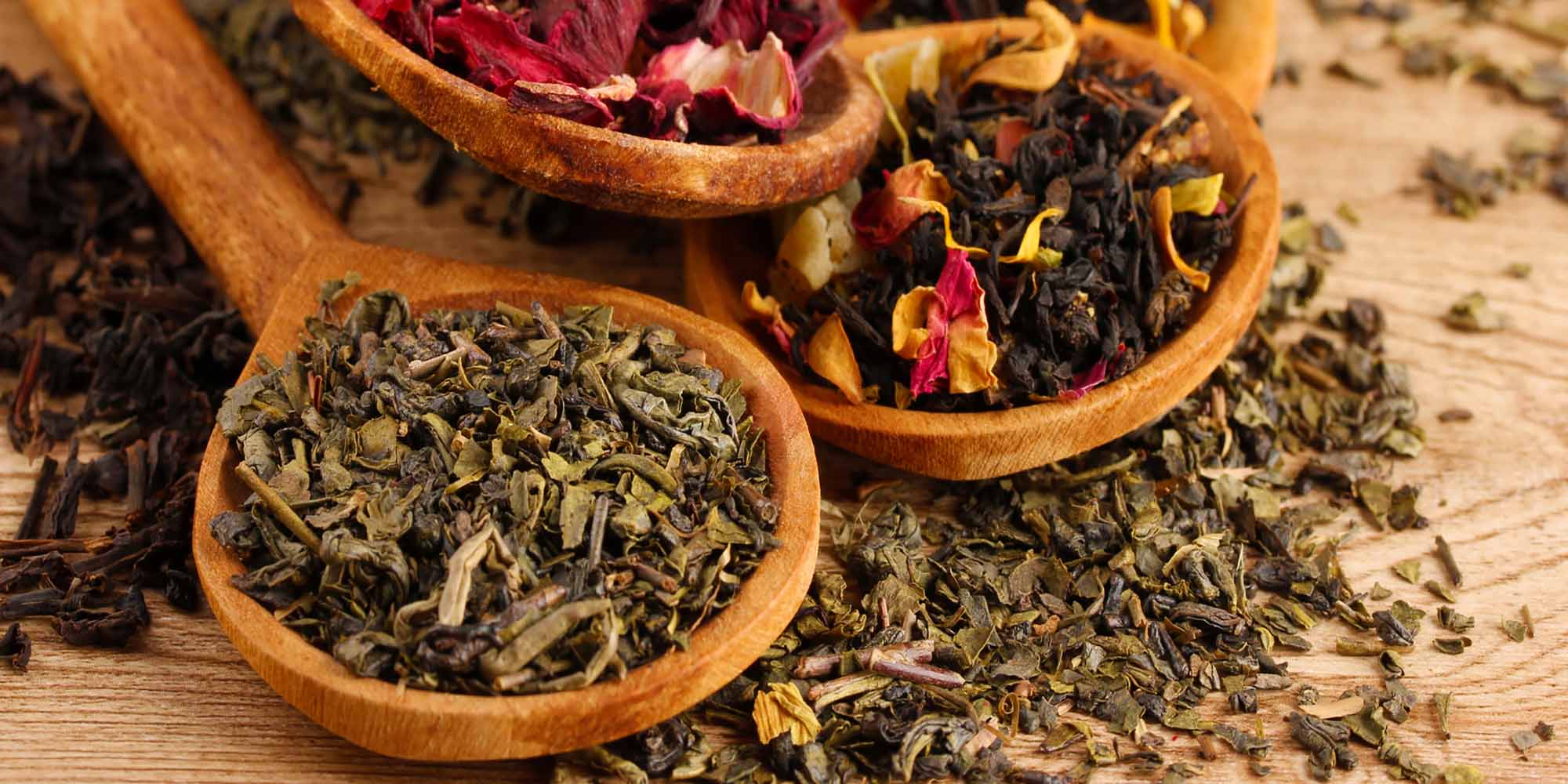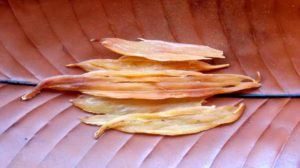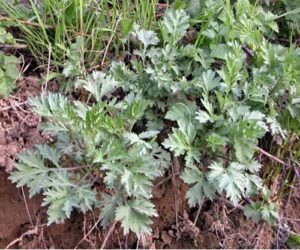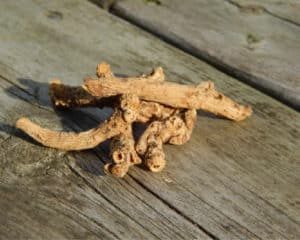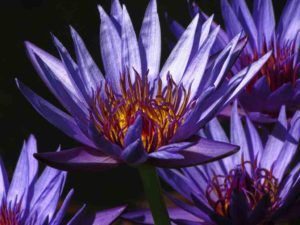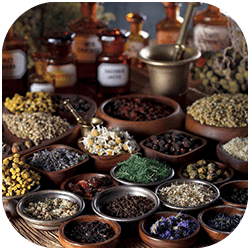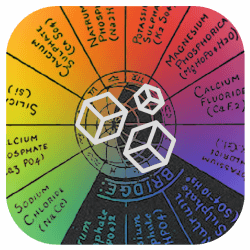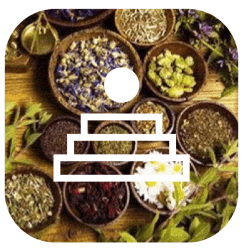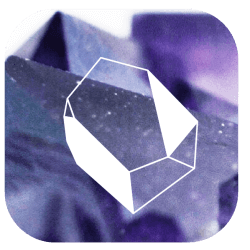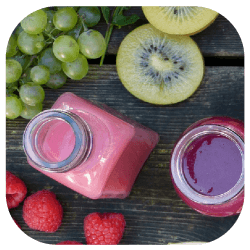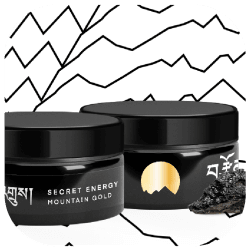Many dreamers I know are able to navigate their dream world with an impeccable awareness that they are dreaming. One can even ask dream characters helpful questions about their life and actively seek out information in the dreamscape. This can be a profound life-changing experience! My friends and I are capable of flying at will, gaining insightful information along the way.
Do you want to dream more at night?
Or do you want to experience lucid dreaming, but can’t seem to get anywhere no matter how hard you try?
In this article, I will show you how to lucid dream tonight.
Here are 4 Sacred Herbs that have been used throughout history to help master lucid dreaming:
Wild Asparagus Root ~ Asparagus cochinchinensis
In Traditional Chinese Medicine (TCM) wild asparagus root is called “Tian Men Dong”, which translates to “Lush Winter Aerial Plant”. It is also called Heavenly Spirit Root. For thousands of years, this special root has been revered by Qi-gong masters, Shamans, and Tibetan Monks for its life increasing, dream-inducing and heart opening effects.
Often called “The Flying Herb”, it is said the root helps one to fly through the cosmos at night, achieving marvelous dreams.
This is also a metaphor for how prolonged use of the herb brings one’s body a lightness and buoyancy. Ancient Chinese teachings emphasized the value of deep dream work, especially lucid dreaming. According to traditional Chinese folk medicine, prolonged use of this special root has a particularly positive effect on opening the heart, making one more jovial and empathetic. It is also said that the root helps dissolve or remove the contradictions that come with being human. Mundane states are often cast away and harmony is attained – the good, bad, yin, yang, inside and out.
Suggested Use- This herb is best made into a tea from the freshly dried root. Take 1-2 inches of root and simmer it in 2 cups of water for 10 minutes. Add cream and honey for taste! Alternatively, the freshly dried root has a gummy consistency and can be eaten raw.
Mugwort~ Artemisia vulgaris
Mugwort is a common herb found throughout the Americas, Asia, and Europe. It has a deep history whether it be medicinal, shamanic or folkloric. For hundreds of years, especially in the middle ages, this herb was held in high esteem to protect and ward off evil. In Celtic and Norse mythology this plant was considered a magical boon from the gods that could be hung above doorways, burnt as an incense to prevent illness or worn on the body to protect from evil spirits.
“Even to this day, this sacred plant is used in modern Pagan, Celtic and Wiccan ceremonies.”
The Chumash Indians of California and the surrounding areas called Mugwort “Molush”, which literally translates to “Dream Plant”. It was traditionally smoked in intricate ceremonies and hailed as a powerful ward to fend off evil, bad spirits, and disease. This herb has a reputation of being the most well-known herb for dreaming. Many people who use this herb report increased lucidity and prolonged dreams (that seem to last for hours).
Mugwort can sometimes bring up darker or let’s say uncomfortable dreams. This aspect of Mugwort is very useful as it can help people get through recurring nightmares, fears and gain confidence to face the unknown. As these darker dreams come up, Mugwort shows us how we can face them head-on.
This herb eventually bring us to a balanced dreamscape where we reign supreme, regaining a foothold in our own special bedtime world!
Suggested Use: Mugwort can be used in several ways. The most common would be a nice steaming cup of tea. Steep 1/2 tsp of herb in 2 cups of hot water for 5-7 minutes. Add cream and honey to taste! Mugwort tea is quite flavorful! You can also powder the herb and put it in capsules or take it as a tincture (liquid alcohol extract).
Xhosa Dream Root~ Silene capensis
This sacred herb has been used in African folk medicine for centuries for shamanic initiation, dream divination, to promote cognition and memory. The plant is highly regarded as a sacred teacher plant, traditionally used with respect, intention, and devotion. The root of the plant is specially prepared to induce very vivid, prophetic lucid dreams. This root is utilized as a catalyst during the initiation ceremonies of shamans, people finding their life’s purpose and for those that wish to be healers.
The Xhosa people have a healing modality system they call Ubulawu, which roughly translates to white ways/paths. Many herbs are used in Ubulawu shamanic practices to enhance the dream state and improve dream memory. In turn, this helps create a link to one’s ancestors. Imagine an herb that not only promotes vivid dreams but also increases cognition and memory. Well, Xhosa dream root may be just that.
Many people report that Xhosa Root greatly improves their ability to remember their dreams.
Caution: If you already experience intense dream states, you may want to consider not using Xhosa Root, since it can intensify your nocturnal adventures quite a bit. It can be a wonderful experience for avid dreamers, but not so much for people who are prone to having nightmares.
Suggested use: Xhosa root can be prepared by powdering the root and brewing a tea either hot or cold. For hot tea put 1/4-1/2 tsp of root powder in 2 cups of water for 5-7 minutes. For cold brew tea put 1/4-1/2 tsp in 2 cups of water and let sit for 24 hours before drinking. You can also use it in tincture form (liquid alcohol extract) or put the powdered root in capsules.
Blue Lotus~ Nymphaea caerulea
Blue Lotus is a flower revered by many cultures across the globe as a sacred and holy symbol. Not only does this special flower hold high regards due to its beauty and meaning, but its medicinal properties as well. The Hindus consider the lotus blossom to hold the highest sacred energy and is deeply ingrained in their spiritual mythology.
This highly valued herb symbolizes non-attachment to our physical and mental worlds. Out of the darkest places in our souls, the mud, the lotus arises, bestowing its magical blossoms for all to see. Lotus awakens us to the potential of our highest selves. It’s the metaphor of our reunion back into oneness. Blue Lotus has a relaxing hypnotic effect on one’s consciousness, making it great for increasing third eye activity.
Things like meditation, visionary experiences, mystical awakenings, yogic practices, creativity, and even lucid dreaming can be cultivated using this special flower.
Suggested Use: Steep 1-2 tsp of dried blossoms in 2 cups of hot water. Add honey and milk to taste! Quite a lovely experience! Alternatively, you can take a tincture of the herb if available. Tinctures are easy to use and can be brought wherever you go.
Remember not all herbs are for everyone, so please do your research and be safe. I suggest trying out one of these herbs at a time. If you don’t see results, don’t knock it. Dream herbs can be used as tonics for 5-7 days at a time, so be sure to experiment with which ones work best for you. I wish you all the most vivid and exciting, information-packed, healing dream journeys that you could possibly have!
Aaron Weiss, Certified Herbalist – Source

